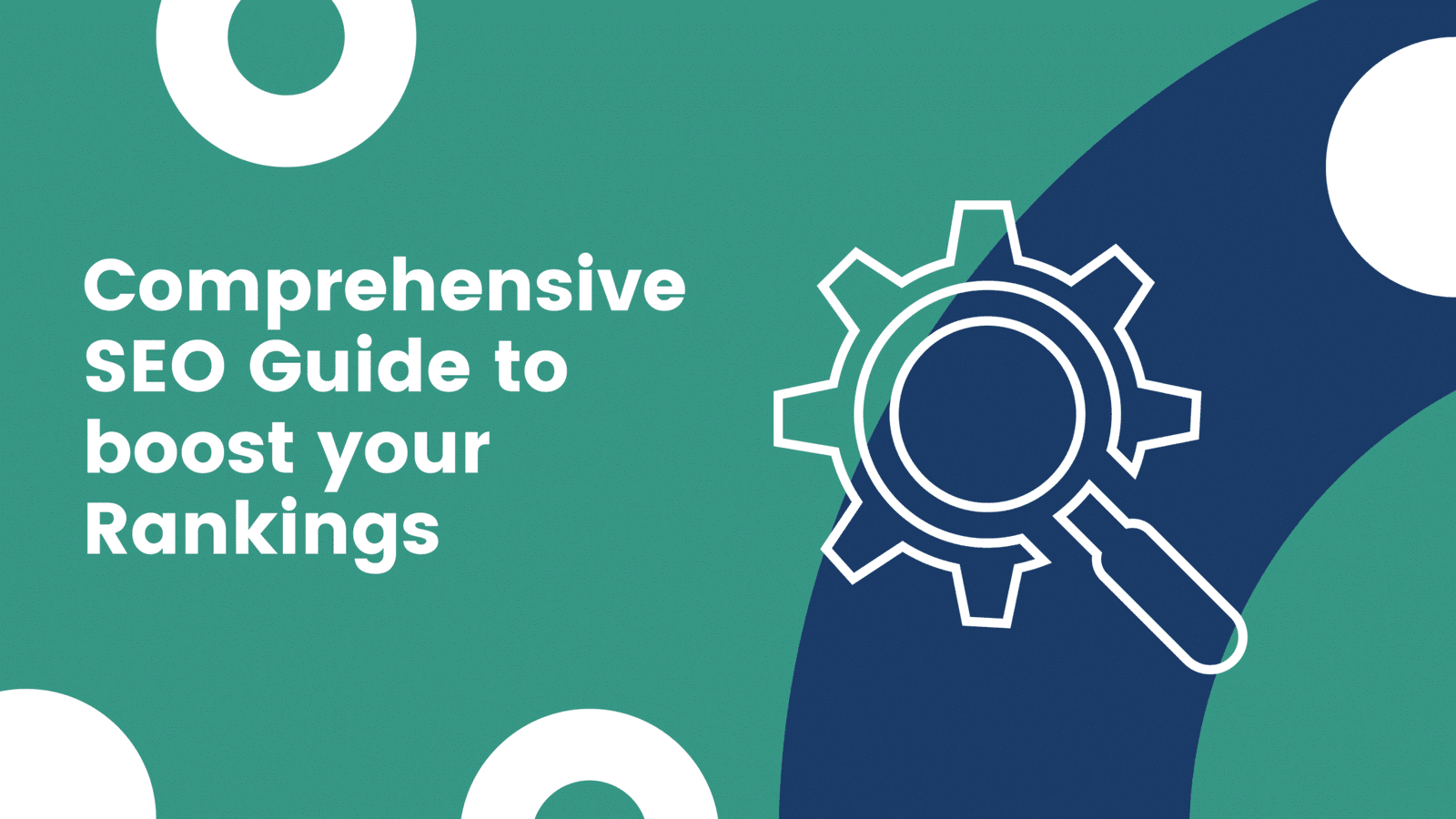In the ever-evolving digital landscape, mastering SEO stats and site analysis is paramount for businesses aiming to thrive online. As search engines continue to refine their algorithms, understanding the intricate details of how websites perform is crucial. SEO stats provide invaluable insights into traffic patterns, user behavior, and keyword performance. Meanwhile, site analysis delves deeper into the structure, usability, and technical health of a website. Together, these elements form the backbone of a robust digital strategy, empowering businesses to optimize their online presence effectively.
The importance of SEO stats and site analysis cannot be overstated. These tools offer a comprehensive view of how a website interacts with its audience and search engines. By examining key metrics such as bounce rate, page load speed, and mobile-friendliness, businesses can identify areas for improvement and implement targeted strategies. In an era where online visibility directly correlates with success, understanding these elements is not just beneficial—it’s essential.
For those looking to elevate their digital presence, diving into SEO stats and site analysis is the first step toward achieving long-term success. This article explores the nuances of these critical components, offering actionable insights and expert advice. Whether you're a seasoned professional or a newcomer to the world of SEO, this guide will equip you with the knowledge needed to harness the full potential of your website.
Read also:Heavenly Biscuit Fort Myers Beach Fl 33931 A Musttry Delight For Food Lovers
What Are the Key Components of SEO Stats and Site Analysis?
SEO stats and site analysis encompass a wide array of metrics and techniques that help businesses evaluate their online performance. Key components include traffic sources, keyword rankings, backlink profiles, and technical site audits. These elements work together to provide a holistic view of a website’s health and performance. By regularly monitoring these stats, businesses can make informed decisions that drive growth and improve user experience.
How Can SEO Stats Improve Your Website's Performance?
SEO stats play a pivotal role in enhancing website performance. By analyzing traffic patterns, businesses can identify which pages attract the most visitors and optimize them further. Additionally, keyword performance data helps refine content strategies, ensuring that websites rank higher in search engine results. Regularly reviewing SEO stats allows businesses to stay ahead of trends and adapt to changing user preferences.
Why Is Site Analysis Crucial for Long-Term Success?
Site analysis is essential for ensuring a website remains functional, user-friendly, and optimized for search engines. This process involves evaluating various aspects, such as site speed, mobile responsiveness, and content quality. By addressing technical issues and enhancing usability, businesses can improve their site’s ranking and attract more organic traffic. A thorough site analysis also helps identify potential security vulnerabilities, safeguarding sensitive information and maintaining user trust.
Can You Achieve Better Rankings with SEO Stats and Site Analysis?
Achieving better rankings is one of the primary goals of leveraging SEO stats and site analysis. These tools provide the data needed to implement effective strategies that boost visibility and engagement. By focusing on areas such as keyword optimization, backlink quality, and technical performance, businesses can significantly enhance their search engine rankings. The key lies in consistently monitoring and refining these elements to align with evolving algorithms and user expectations.
What Are the Benefits of Conducting Regular SEO Stats and Site Analysis?
Conducting regular SEO stats and site analysis offers numerous benefits. First, it ensures that your website remains competitive in a crowded digital landscape. Second, it helps identify and resolve issues before they impact user experience or search engine rankings. Additionally, regular analysis allows businesses to track the effectiveness of their strategies, making it easier to adjust tactics as needed. Ultimately, these practices contribute to a stronger online presence and increased conversions.
Is SEO Stats and Site Analysis Worth the Investment?
Investing in SEO stats and site analysis is undoubtedly worth the effort. The insights gained from these processes empower businesses to make data-driven decisions that yield tangible results. Whether it’s improving website performance, enhancing user experience, or boosting search engine rankings, the benefits far outweigh the costs. Moreover, businesses that prioritize these practices often see long-term returns, as they build a foundation for sustained growth and success.
Read also:Maximizing Your Digital Experience The Ultimate Guide To Cable Internet Bundle
Ten Essential Metrics for Effective SEO Stats and Site Analysis
When conducting SEO stats and site analysis, focusing on the right metrics is crucial. Below is a list of ten essential metrics that every business should track:
- Organic Traffic: Measures the number of visitors coming from search engines.
- Bounce Rate: Indicates the percentage of users leaving a page without interacting further.
- Page Load Speed: Reflects how quickly a website loads, impacting user experience and rankings.
- Mobile-Friendliness: Ensures the site is optimized for mobile devices.
- Keyword Rankings: Tracks the position of target keywords in search results.
- Backlink Profile: Evaluates the quality and quantity of links pointing to the site.
- Conversion Rate: Measures the percentage of users completing desired actions.
- Click-Through Rate (CTR): Shows how often users click on search engine results.
- Technical Errors: Identifies issues such as broken links or 404 errors.
- User Engagement: Analyzes how users interact with the site, including time spent and pages visited.
How Do SEO Stats and Site Analysis Impact User Experience?
User experience (UX) is a critical factor in determining a website’s success. SEO stats and site analysis directly influence UX by highlighting areas that need improvement. For instance, slow page load speeds or poorly optimized content can deter users from engaging with a site. By addressing these issues, businesses can create a seamless and enjoyable experience for their audience, ultimately driving higher engagement and conversions.
What Tools Are Best for Conducting SEO Stats and Site Analysis?
Several tools are available for conducting SEO stats and site analysis. Some of the most popular include:
- Google Analytics: Provides detailed insights into website traffic and user behavior.
- Google Search Console: Offers data on search engine performance and technical issues.
- SEMrush: A comprehensive tool for keyword research, backlink analysis, and site audits.
- Ahrefs: Specializes in backlink analysis and competitive research.
- Yoast SEO: A WordPress plugin that simplifies on-page optimization and content analysis.
What Challenges Can Arise During SEO Stats and Site Analysis?
While SEO stats and site analysis offer numerous benefits, they can also present challenges. One common issue is data overload, where businesses struggle to interpret vast amounts of information. Another challenge is staying updated with algorithm changes, as search engines frequently update their ranking criteria. Additionally, businesses may face difficulties in implementing recommendations due to resource constraints or technical limitations. Overcoming these challenges requires a strategic approach and a commitment to continuous learning.
How Often Should You Conduct SEO Stats and Site Analysis?
The frequency of conducting SEO stats and site analysis depends on the size and complexity of the website. For most businesses, a monthly review is sufficient to identify trends and address issues. However, larger websites with frequent updates may benefit from more frequent analysis. Regardless of the schedule, consistency is key to achieving optimal results. Regular evaluations ensure that businesses remain proactive in maintaining their online presence.
Can SEO Stats and Site Analysis Be Automated?
Automation can significantly enhance the efficiency of SEO stats and site analysis. Tools like Google Analytics and SEMrush offer automated reports and alerts, making it easier to monitor key metrics. However, while automation simplifies the process, it cannot replace human expertise entirely. Businesses should combine automated tools with manual reviews to ensure accuracy and address complex issues that require a deeper understanding.
Conclusion: Embrace SEO Stats and Site Analysis for Long-Term Success
In conclusion, mastering SEO stats and site analysis is essential for businesses aiming to thrive in the digital realm. By understanding and leveraging these tools, businesses can optimize their websites for better performance, improved user experience, and higher search engine rankings. As the digital landscape continues to evolve, staying informed and proactive will be the key to long-term success. Dive into the world of SEO stats and site analysis today and unlock the full potential of your online presence.
Table of Contents
- What Are the Key Components of SEO Stats and Site Analysis?
- How Can SEO Stats Improve Your Website's Performance?
- Why Is Site Analysis Crucial for Long-Term Success?
- Can You Achieve Better Rankings with SEO Stats and Site Analysis?
- What Are the Benefits of Conducting Regular SEO Stats and Site Analysis?
- Is SEO Stats and Site Analysis Worth the Investment?
- Ten Essential Metrics for Effective SEO Stats and Site Analysis
- How Do SEO Stats and Site Analysis Impact User Experience?
- What Tools Are Best for Conducting SEO Stats and Site Analysis?
- What Challenges Can Arise During SEO Stats and Site Analysis?


